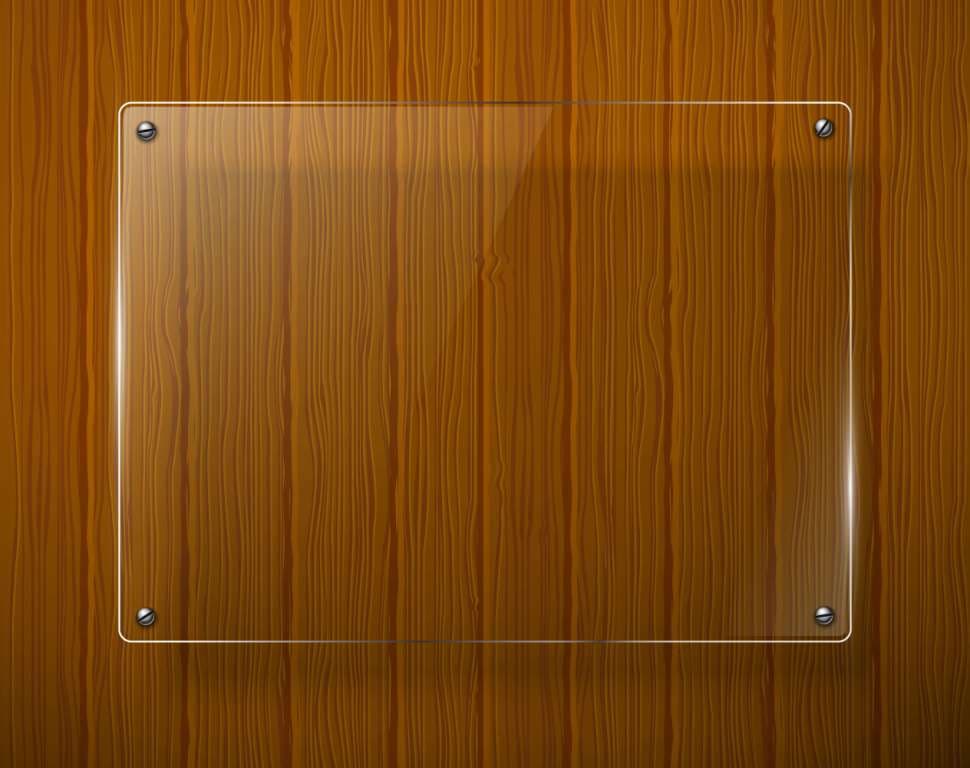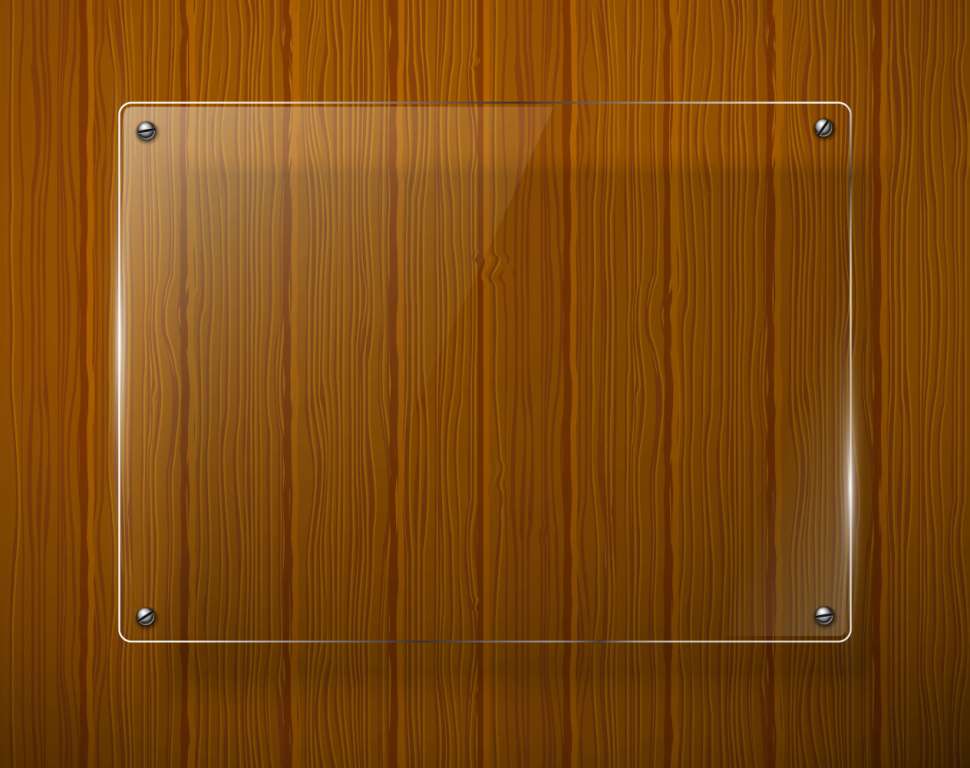
The glass is a transparent hard substance, which is made up with the combination of sand and other minerals that are melted together at very high temperatures. The glass (a hard black glassy type of stone) occurs naturally in the volcano when the intense heat of the eruption melts sand.
The glass is a miracle in its own discovery due to its multiple uses, colours, strength, durability and transparency. History of glass is uncertain, but it widely played an important role to change the life style of both Eastern and Western civilisations. It is unsure, where and when the glass is first produced but based on the evidence, here is the history of glass.
Also Read:
What is Glass & How it is Made?
Raw Materials Used in Glass Manufacturing Process
Uses & Benefits of Glass

The glass was used since stone age for making sharp cutting tools and vessels. Many legends have attempted to explain the history of glass making. However, few of them got it right as per today’s glass making procedure.
Evidence of History of Glass:
The first purposely manufactured glass material appeared in the 4th millennium BC, in both Mesopotamia and Egypt. The history of glassmaking can also be traced back to 3500 BCE in Mesopotamia. The first glass was made in coastal north Syria, Mesopotamia or Ancient Egypt according to the archaeological evidence.
Development of glass technology as per industry standard began in South Asia in 1730 BCE. The Chalcolithic evidence of glass has been found in Hastinapur, India.
Following are some of the text (found in the religious book) roots which back the glass in India.
- Shatapatha Brahmana: It is a text which describes Vedic rituals, history and mythology associated with the Sukla Yajurveda.
- Vinaya Pitaka: It is a “Buddhist Scripture”, and one of the parts of Tripitaka.
- Takshashila: It is a “city of cut stone or taksa rock”)
Black and brownish colour glass were found in Hastinapur in around 1000 BC.
The glass of different shapes and colours with a floral design, bangles and seals have been found in the Bhir mound at Takshashila (sixth-fourth century BC).
The Egyptian and Mesopotamian regions had glass-makers in the third millennium BC.
A German writer, Paul Scheerbart, produced a book called “Glass architecture” which was published in 1914. He described his vision of glass building as a “paradise on earth.”
In conclusion, since the 18th century, the civilisation had invented some tank furnaces for commercial production of the glass of different shape and shades. They also invented pot furnaces for the production of smaller quantities of the glass. The glass manufacturing methods were also standardised by using the raw materials like silica, sodium, magnesium and calcium. They also manufacture the glass with the required grade of hardness, required refraction for the first glass window. Later on, lenses, prisms, mirror, glass window, glass door, tubes and vessels, were manufactured and they played an important role in the growth of human being and civilisation.
Must Read:
Types of Glass & Its Architectural Features!
Characteristics & Properties of Glass as Building Material
Advantages & Disadvantages of Glass as a Building Material






























